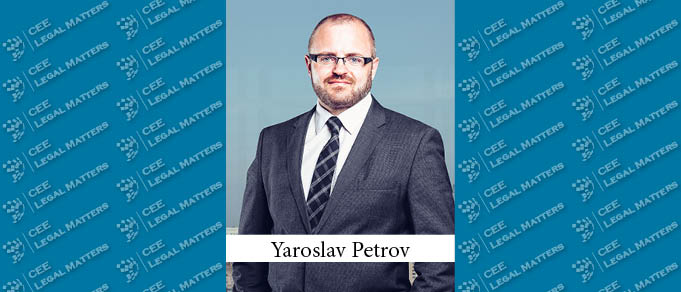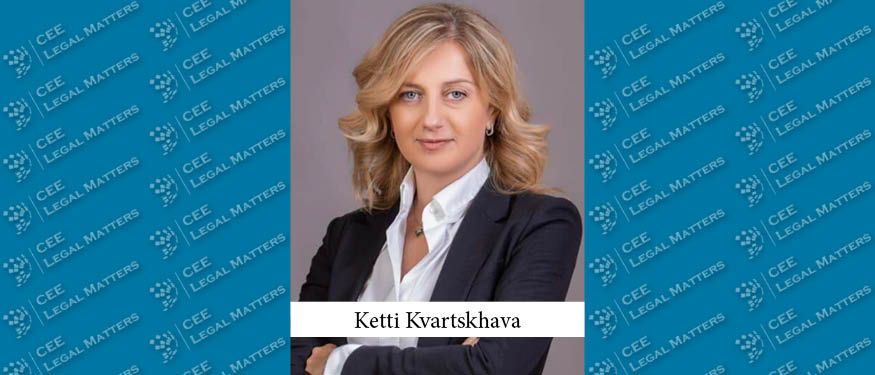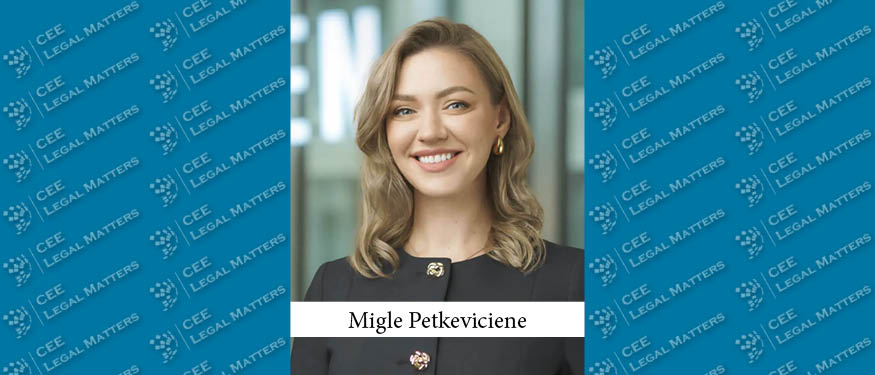In 2021 the renewable energy market in Ukraine has been in a crisis mode compared to the booming years of 2018 and 2019. Following the legislative changes in 2020, which decreased the feed-in tariff (FiT), the market for solar projects has been very low, except for small solar projects for households and solar projects implemented by industrial consumers to produce electricity for their own use. Primarily, such industrial consumers are aiming to reduce costs for electricity and improve their market position before the introduction of the Carbon Border Adjustment Mechanism. Notwithstanding the weakening of the market for solar projects, we have observed a steady growth of wind projects. The 2020 FiT changes have decreased the wind tariff moderately and provided a cut-off day for wind projects under the FiT on December 31, 2022. This has boosted the construction of several large wind projects in 2021 and 2022. In 2022 we anticipate commissioning of almost 1 gigawatt of wind capacity, which is much higher than in 2021.
The payment discipline of the state’s off-taker for FiT has been an issue in 2021. In addition to the debts for 2020, in 2021 there were no months where the payments were done in full, except for December, which has been 100% paid in 2022. For 2021, the state-owned off-taker guaranteed buyer has paid the lowest 62% for October, 80% for May-July and September, 86% for August, 93% for January to April, and 94% for November.
The total debt for 2021 is UAH 9,6 billion (approximately EUR 296 million). The main reason for this deficit is that Ukraine’s state budget for 2021 did not include 20% to be allocated for payments under the FiT under Law 810-IX, which reduced the FiT in 2020 and included a provision saying that a state budget may include funds necessary to cover 20% of FiT payments to RES producers.
The situation with the 2020 debts to RES producers has been resolved in November 2021 after the Ukrainian TSO – NEC Ukrenergo – has placed its debut green and sustainability-linked Eurobonds with a total value of USD 825 million. The TSO’s transmission tariff is the main source of income for the guaranteed buyer to pay the FiT, therefore, the Government’s secured bonds have been issued specifically to compensate debts to RES producers for 2020. Although there were some delays in payment of the debt to DTEK Renewables, this was resolved in January 2022.
Importantly, the decrease of the FiT and problems with payments for the produced electricity in 2020 has triggered the initiation of two investment arbitration cases by foreign investors, and around ten companies submitted Trigger Letters to the Ministry of Justice of Ukraine.
Despite promises of the Government since 2019, the market is waiting for the first renewable energy auction. The regulatory framework is ready, but the decision to hold the auctions and approve quotas for auctions has not been approved yet.
In 2021, we have seen several positive signals from the Government and the market: a) the market is ready for corporate PPAs, and there are several developers who are developing such projects under this scheme. The Parliament has received draft changes necessary to launch corporate PPAs’ projects; b) the Government is planning to launch a new support scheme – feed-in-premium, which is aiming to approve payment discipline to the RES producers enjoying state subsidies. We anticipate the draft law in 2022; c) the Parliament has adopted in the first reading a draft law on energy storage. Implementation of this law will help to improve the balancing and stability of the energy system; d) the Parliament has adopted a law on biomethane aiming to launch a mechanism for the biomethane certificates of origin; and e) the Ukrainian Wind Energy Association, Ukrainian Hydrogen Council, and Asters carried out a joint study on the implementation of offshore wind projects in Ukraine.
In summary, taking into consideration a difficult situation with the FiT payments discipline, we see a trend towards shifting from state subsidy-based support schemes to marke-driven projects, which is a positive signal. Moreover, the current rise in electricity prices may allow investors to develop RES projects without state support.
By Yaroslav Petrov, Partner, Asters
This article was written before the advent of the war in Ukraine and was originally published in Issue 9.2 of the CEE Legal Matters Magazine on March 1, 2022. More current articles on developments in Ukraine can be found in our #StandWithUkraine section. If you would like to receive a hard copy of the magazine, you can subscribe here.













